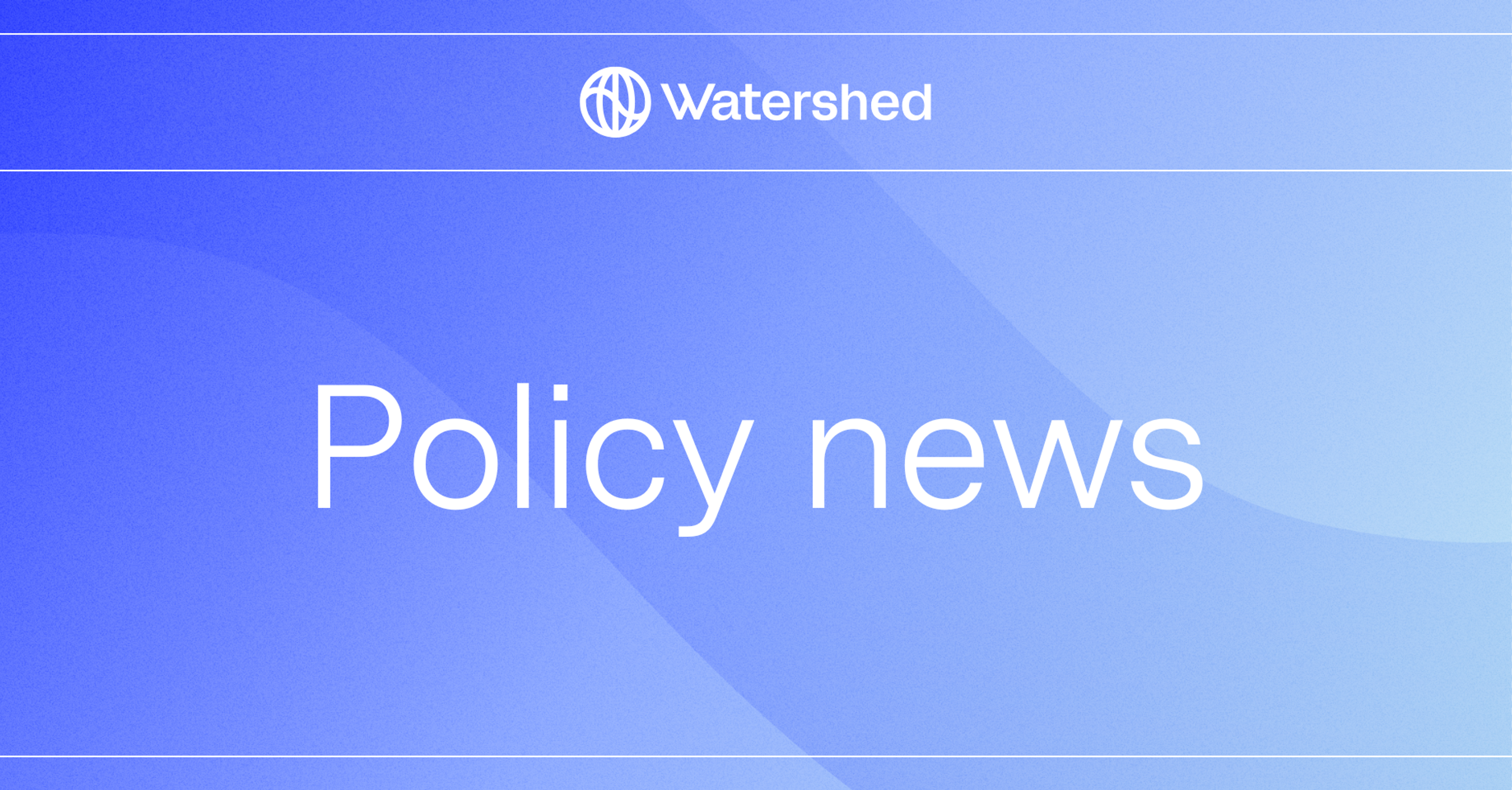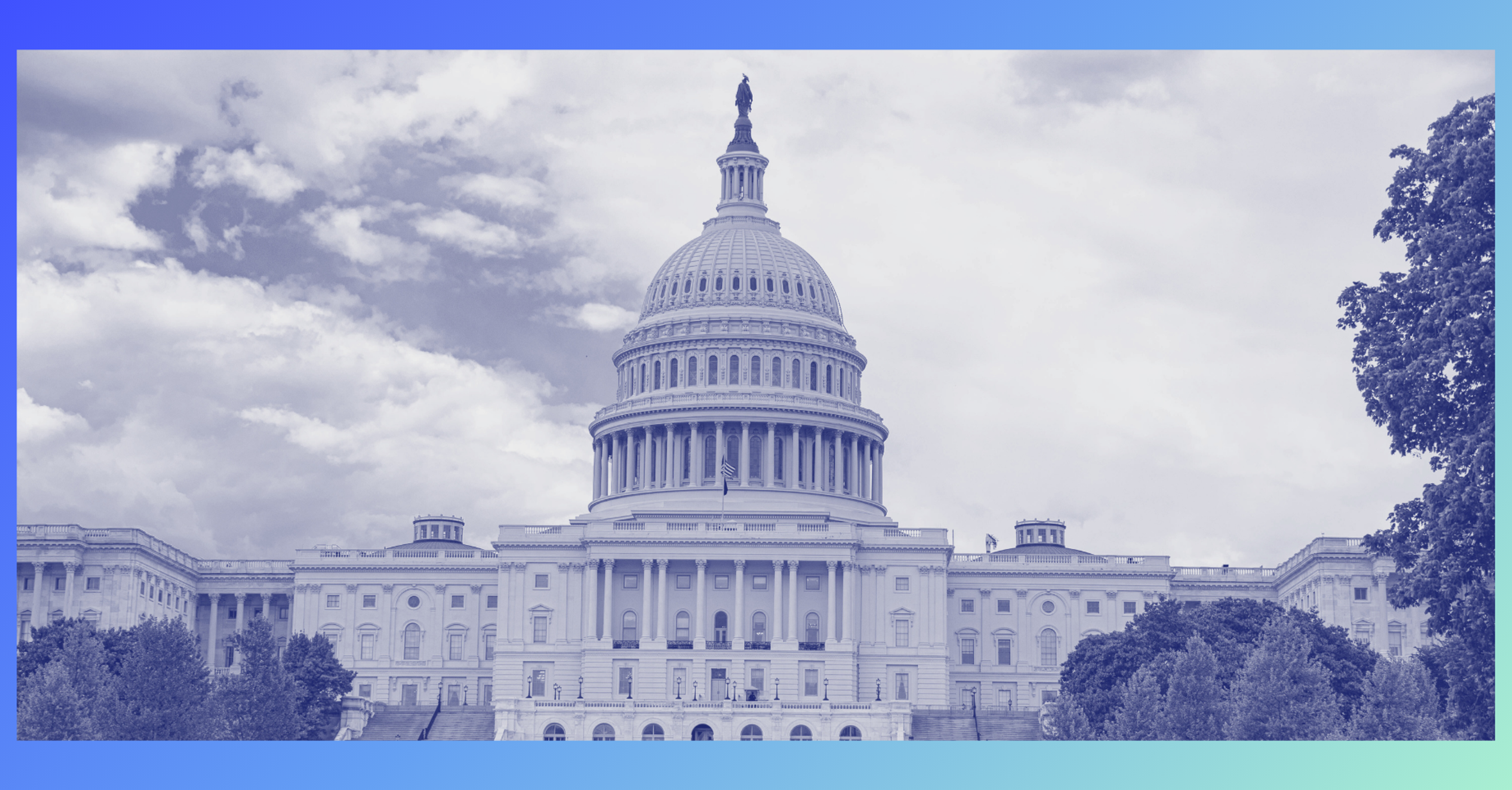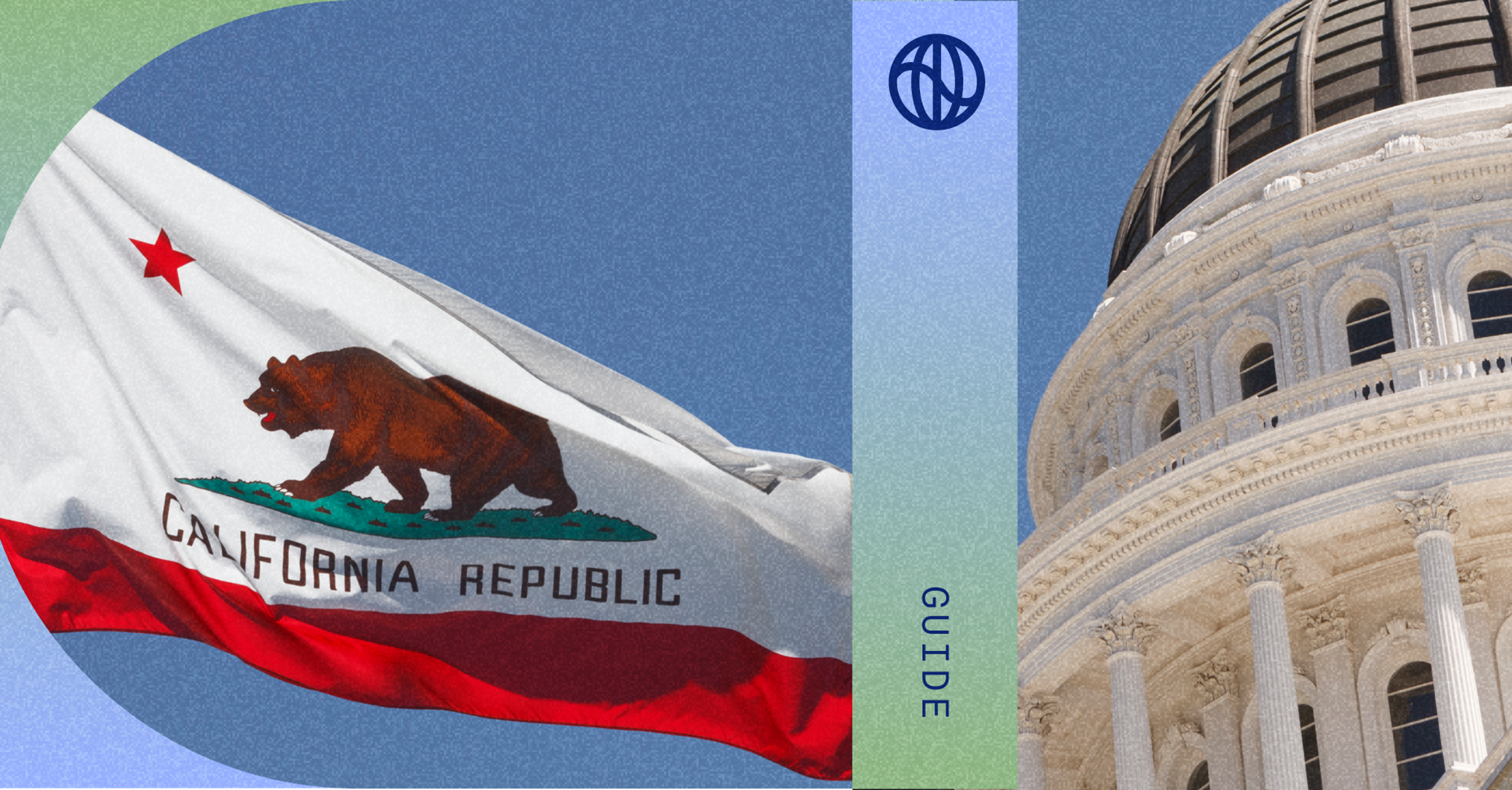California’s climate disclosure laws—SB 253 and SB 261—represent some of the most ambitious ESG reporting requirements in the United States. Companies doing business in California face detailed mandates for greenhouse gas (GHG) emissions reporting, climate risk disclosures, and third-party assurance. As these rules take shape, selecting the right software solution is critical for ensuring compliance, auditability, and operational efficiency.
Choosing a tool isn’t just about tracking emissions; it’s about building a flexible, auditable, and future-proof system that can adapt as regulation details are finalized. From managing scope one, two, and three emissions to generating narrative reports for climate-related financial risks, the right platform can save time, reduce errors, and ensure regulatory alignment.
What this article covers
- SB 253 & SB 261 requirements: A detailed breakdown of California’s climate disclosure laws, including scope one, two, and three emissions reporting, climate-related financial risk reporting, phased timelines, thresholds, and assurance expectations.
- Key features of a strong solution: Essential capabilities to evaluate in a software platform, such as full scope coverage, auditability, scenario/risk modeling, automated data integration, supplier management, and regulatory flexibility.
- Leading vendors & platforms: Comparative overview of top providers for SB 253 & SB 261 compliance, including Watershed, Persefoni, Sweep, Optera, S&P Global, and other emerging ESG/Carbon accounting platforms.
- Implementation strategy & best practices: Step-by-step guidance on gap assessment, pilot testing, data infrastructure setup, supplier engagement, scenario modeling, drafting disclosures, assurance preparation, and continuous improvement.
- Watershed capabilities & benchmarking: Deep dive into Watershed’s California-specific platform features: full emissions coverage, audit-ready data, AI-accelerated risk reports, flexibility for evolving regulations, and multi-framework reporting.
- Pitfalls & governance considerations: Common challenges to avoid, including spreadsheet reliance, weak documentation, delayed supplier engagement, misaligned emissions and risk narratives, and insufficient governance structures.
- Evaluation framework & vendor scorecard: Guidance on prioritizing solution features, assessing vendor claims, and benchmarking platforms against Watershed’s strengths for California compliance.
SB 253 & SB 261 requirements
SB 253 (emissions disclosure):
- Mandates scope one, two, and three GHG emissions disclosures for companies doing business in California with annual revenues > $1 billion. Emissions must be reported annually, following the GHG Protocol.
- Requires third-party assurance: limited assurance from 2026-2029 (for scopes one & two) with reasonable assurance beginning in 2030, and potential extension to scope 3.
- The first reporting deadline for scopes one & two is June 30, 2026 (for 2025 data).
- Scope three reporting kicks in later (2027) under phased implementation.
SB 261 (climate risk disclosure):
- Imposes a requirement for companies with revenues > $500 million doing business in California to publish biennial climate-related financial risk reports (aligned with TCFD, IFRS S2, or an equivalent governmental/exchange framework) starting January 1, 2026.
- Reports must include governance, strategy, risk management, metrics.
- Scenario analysis is optional in the first year and may be qualitative if included.
- SB 261 will require disclosures of GHG data when those are part of climate risk–but quantitative emissions are optional in the first year (so there is overlap with SB 253).
- It is in development by CARB; final guidance is not fully settled.
What makes a “good” SB 253 / SB 261 solution
Here are the features/capabilities you should look for, as part of your evaluation criteria:
Feature / capability | Why it matters | Notes / examples |
|---|---|---|
Full scope 1 / 2 / 3 support | SB 253 demands all three scopes (with phased timing) | Scope 3 emissions account for the majority of emissions for most companies— so a tool that only handles scopes one and/or two will leave you exposed. |
Auditability / Assurance readiness | The data must be verifiable by independent third parties | You’ll need data lineage, version control, documentation, calculation transparency, and error checks. |
Scenario / risk modeling & disclosures (TCFD/ISSB alignment) | SB 261 requires forward-looking climate risk disclosures | The tool should support scenario analysis, transition/physical risk modeling, financial impacts. |
Data integration / automated ingestion | Manual work is error-prone and slow | Connectors to ERPs, energy systems, procurement systems, supply chain data engines, etc. |
Supplier / value chain data management | For scope three, you’ll need supplier participation | Supplier portals, survey workflows, benchmarking, gap-filling logic. |
Regulatory & framework updates / flexibility | Laws and frameworks (CARB guidance, ISSB, etc.) will evolve | You don’t want to be locked to a rigid methodology. |
Reporting / export capabilities | You’ll need to publish in mandated formats and port to other frameworks | E.g., SB 253 template exports, narrative & disclosures aligned with TCFD/ISSB, integrations to ESG reports, investor reports. |
Consulting / expert support | Many organizations will need help scoping, methodology, assurance engagement | Some providers bundle software + advisory services. |
Platforms to evaluate
Here are some of the prominent companies already positioning themselves for SB 253 / SB 261 compliance.
Vendor / platform | Strengths / focus | Considerations |
|---|---|---|
Watershed | Offers an integrated emissions + risk disclosure solution with built-in auditing checks, AI-accelerated report drafting for SB 261, and a Guaranteed Assurance Program for SB 253, support for California disclosures. | Consider whether their scenario modeling depth meets your needs, recognizing Watershed focuses on integrated disclosure and audit readiness rather than bespoke risk simulations. |
Persefoni | Claims to offer a solution for SB 253 emissions reporting and a service for SB 261 risk reporting. | Check whether they offer an out-of-the-box SB 253 reporting template, and assess the quality of their support (chatbot vs. dedicated expert team). |
Optera | The “Operator” platform claims to streamline emissions accounting, and they also support SB 261 risk disclosure. | As this is a newer entrant, check client references and matureness of features. |
Sweep | Known ESG platform, actively writing about SB 253 / SB 261 compliance. | Evaluate the robustness of their peer benchmarking functionality and data traceability from ingestion, to measurement and disclosure. |
ECOonline | Their ESG reporting software explicitly advertises support for SB 253 / SB 261. | Check integration capabilities, engagement tooling, and assurance-readiness. |
S&P Global (Sustainable1) | Strong in advisory, regulatory intelligence, and reporting frameworks. | May be more expensive or bespoke; check software vs consulting splits. |
Other ESG / carbon accounting platforms (e.g. Microsoft Cloud for Sustainability) | Some larger platforms are beginning to incorporate California disclosure-specific features. | Ensure they are explicitly supporting SB 253 / SB 261, not just general ESG. |
In choosing among these, prioritize: (a) domain experience with climate / disclosure laws, (b) success stories in regulated environments, (c) flexibility, (d) ease of integration, and (e) support / consulting as needed.
Watershed’s key capabilities for SB 253 & SB 261
Here’s a summary of what Watershed offers and what that means in practice.
SB 253 / Emissions & assurance readiness
- Supports measurement of scope one, two, and three emissions (i.e. full coverage).
- The platform has “150 built-in error checks” and full data lineage for every calculation. This helps with oversight and external assurance.
- Offers an optional Guaranteed Assurance program that includes expert support through every step of the SB 253 assurance process until you pass. If your company doesn’t pass, Watershed will waive up to $250,000 in fees for the following year.
SB 261 / Climate risk disclosure
- A combined “one place” solution: measure emissions, assess climate risk, and publish your disclosure.
- Specifically, for SB 261, Watershed provides AI-accelerated first drafts of climate risk reports, peer benchmarking, guidance, and feedback. Templates are kept up-to-date with California regulator templates.
- Watershed treats SB 253 and SB 261 as interconnected: emissions data feeds into the risk disclosure work, so you don’t have two disconnected systems.
Flexibility & future reporting
- Future-proof: you can reuse the same data for other reporting frameworks like CDP, ISSB, CSRD, etc.
- Because the platform is an end-to-end sustainability data platform, you don’t need separate tools for emissions accounting vs risk modeling vs narrative drafting.
Expert guidance and timely policy updates
- Policy intelligence is embedded in the platform and all tools are kept up-to-date as the regulations evolve.
How Watershed’s capabilities affect the “best solution” criteria
Given the features above, here’s how you should reassess what “best solution” means, and where Watershed excels:
Feature / Capability | Watershed’s strength | What to validate / ask | Implications for selection |
|---|---|---|---|
Full scope support (1/2/3) | They cover all three scopes. | Especially for scope three: how robust is their supplier data engine, gap-filling, estimation logic? | A tool that only supports one/two is far less future-safe in the long term. |
Auditability / Assurance readiness | 150 built-in error checks, full data lineage, “100% audit pass rate” claim. | Review sample audit trails, ask for references of assurance engagements, see how rigid or transparent the calculation logic is. | This is a critical differentiator: weak audit support will become a liability. |
Risk / scenario modeling & disclosures (SB 261) | AI draft report, peer benchmarks, integrated narrative + emissions. | How deep is the scenario modeling? Can you customize assumptions? How is alignment with TCFD/ISSB or other risk frameworks handled? | For SB 261, the narrative + scenario work is as important as the emissions numbers. |
Data ingestion & integration | While they don’t explicitly list all integrations on that page, “end-to-end data platform” suggests they support embedding the data pipeline. | Ask about native connectors (ERP, procurement, energy, logistics, supply chain) and APIs. | The more you can pull in data automatically, the lower manual error and overhead. |
Regulatory updates / flexibility | They promise updated templates and guidance in line with California regulators. | Test how fast they have adapted historically when rules changed; ask for versioning control and adaptability. | Laws like SB 253 / SB 261 may be modified or clarified — you want to avoid being locked in. |
Reporting / export to multiple frameworks | Watershed says you can reuse data for CDP, ISSB, CSRD, etc. | Verify how easy it is to re-export, what custom mappings are supported, whether versioning or crosswalks are built in. | A tool that only works for California and not general ESG is less efficient for a multi-reporting future. |
Expert support / advisory bundled | Their site emphasizes “expert guidance” built into the platform (i.e. policy + sustainability domain knowledge). | Clarify whether this is just templated guidance or access to real advisors; whether consulting is extra or included. | In early years, many organizations will need handholding in methodology and narrative. |
Key takeaways on software for SB 253 & SB 261 compliance
Navigating California’s SB 253 and SB 261 reporting requirements is complex but essential for companies operating in the state. From scope one, two, and three GHG emissions reporting to biennial climate risk disclosures, these laws demand meticulous data management, audit-ready processes, and alignment with evolving regulatory guidance.
Selecting the right software solution is critical. A strong platform should provide full scope coverage, automated data integration, auditability, scenario and risk modeling, supplier management, and flexibility to adapt to future regulatory changes. Leading solutions, including Watershed, offer integrated emissions and climate risk reporting with built-in checks, AI-assisted disclosures, and multi-framework compatibility, helping organizations reduce compliance risk and operational burden.
Ultimately, compliance success depends not only on technology but also on effective governance, cross-functional collaboration, and continuous improvement. By combining the right platform with a structured implementation strategy, companies can confidently meet California’s ambitious ESG mandates while building a scalable, future-proof sustainability program.






